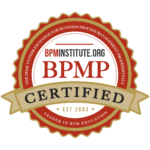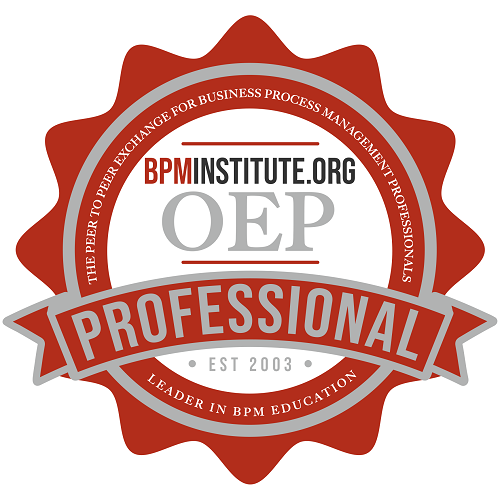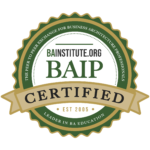At a recent engagement, I encountered several departments that asked me to help write their departmental policy on a particular subject. When I inquired as to the governance process for changing existing company policy, they looked at me blankly and said no, I didn’t understand – they needed a new policy, just for their department. After a little probing into the governance of their company policy (this enterprise had a single policy covering everything), and some further discussion, we ultimately settled on writing a new procedure and developing accompanying forms and workflows. I ended up helping this department rewrite their documents into the appropriate format, and working with them to better understand the hierarchy.
This got me to reflecting on how many times in my career I’ve heard confusion about policies, standards, procedures, and guidelines. Reasonable people will differ in their definitions, but here’s how I understand them to work best.
























